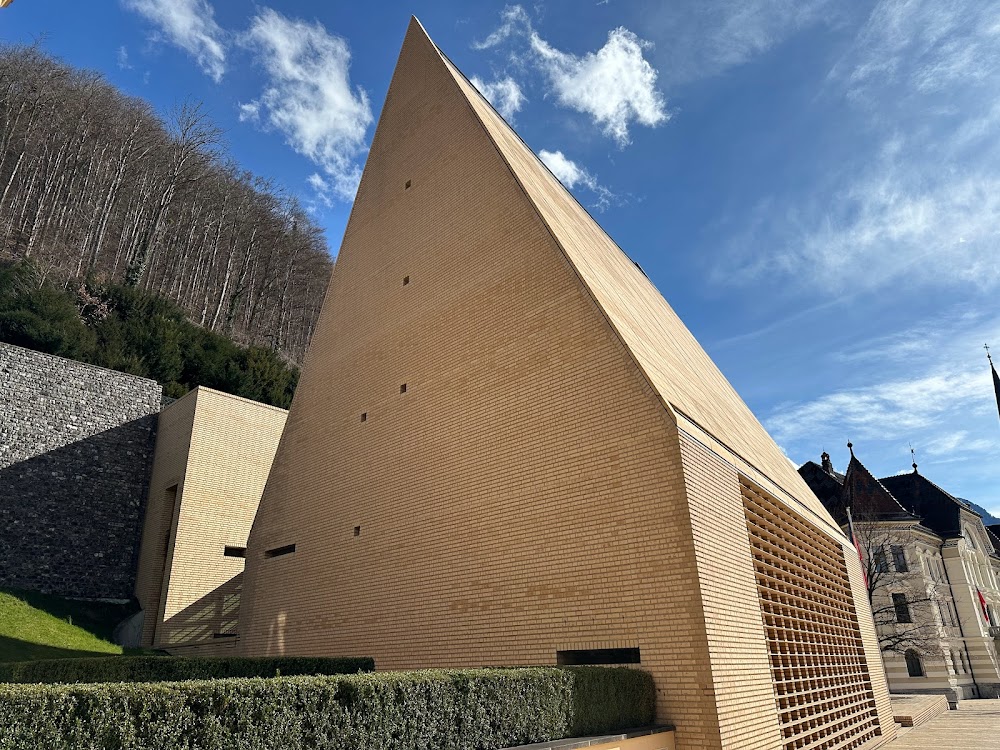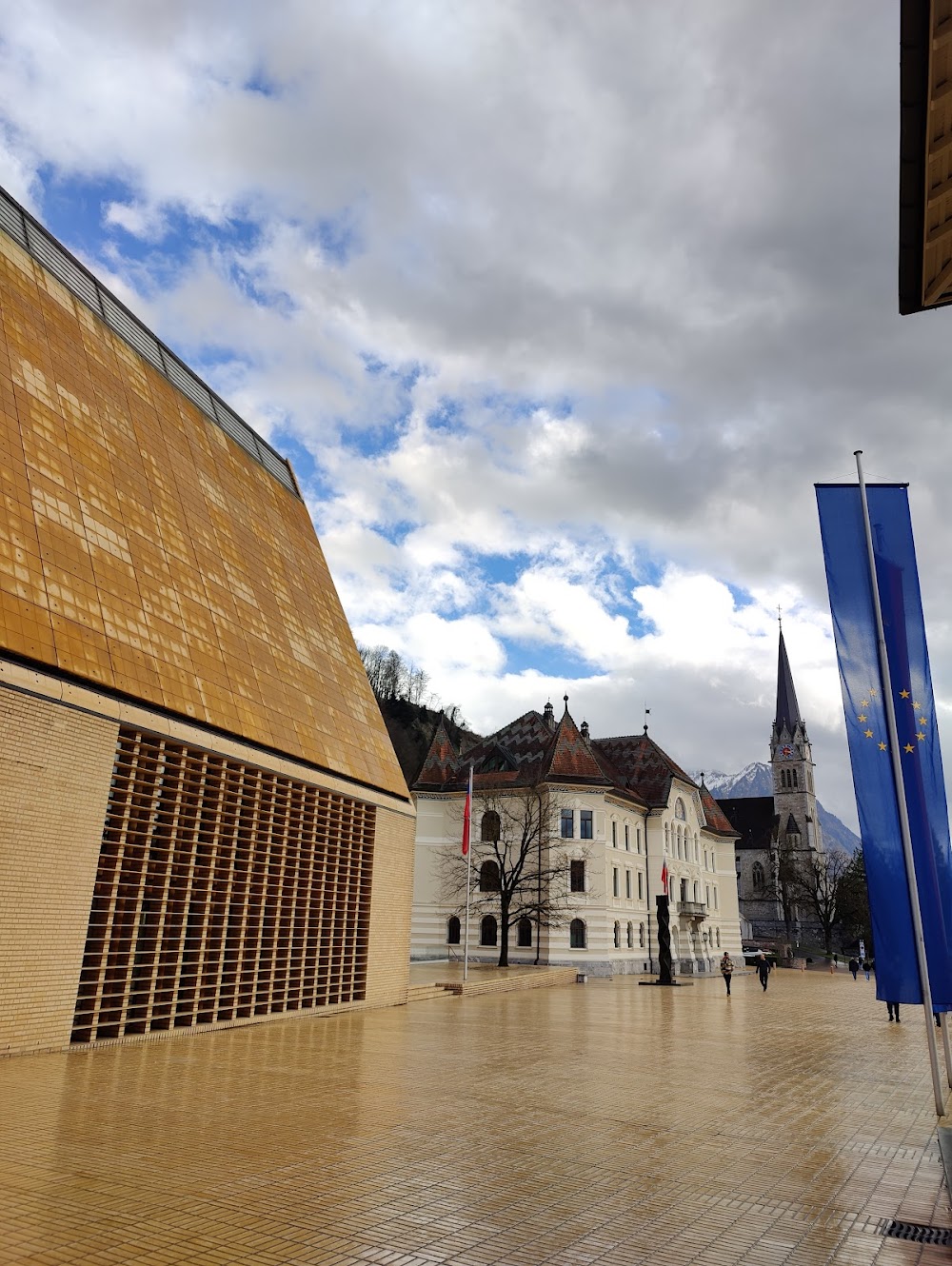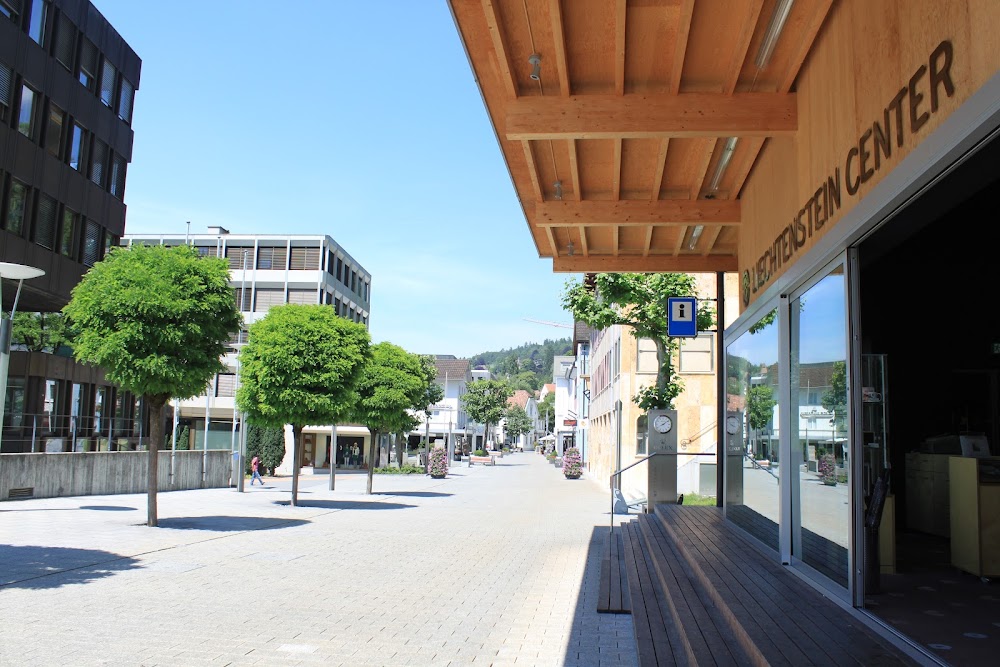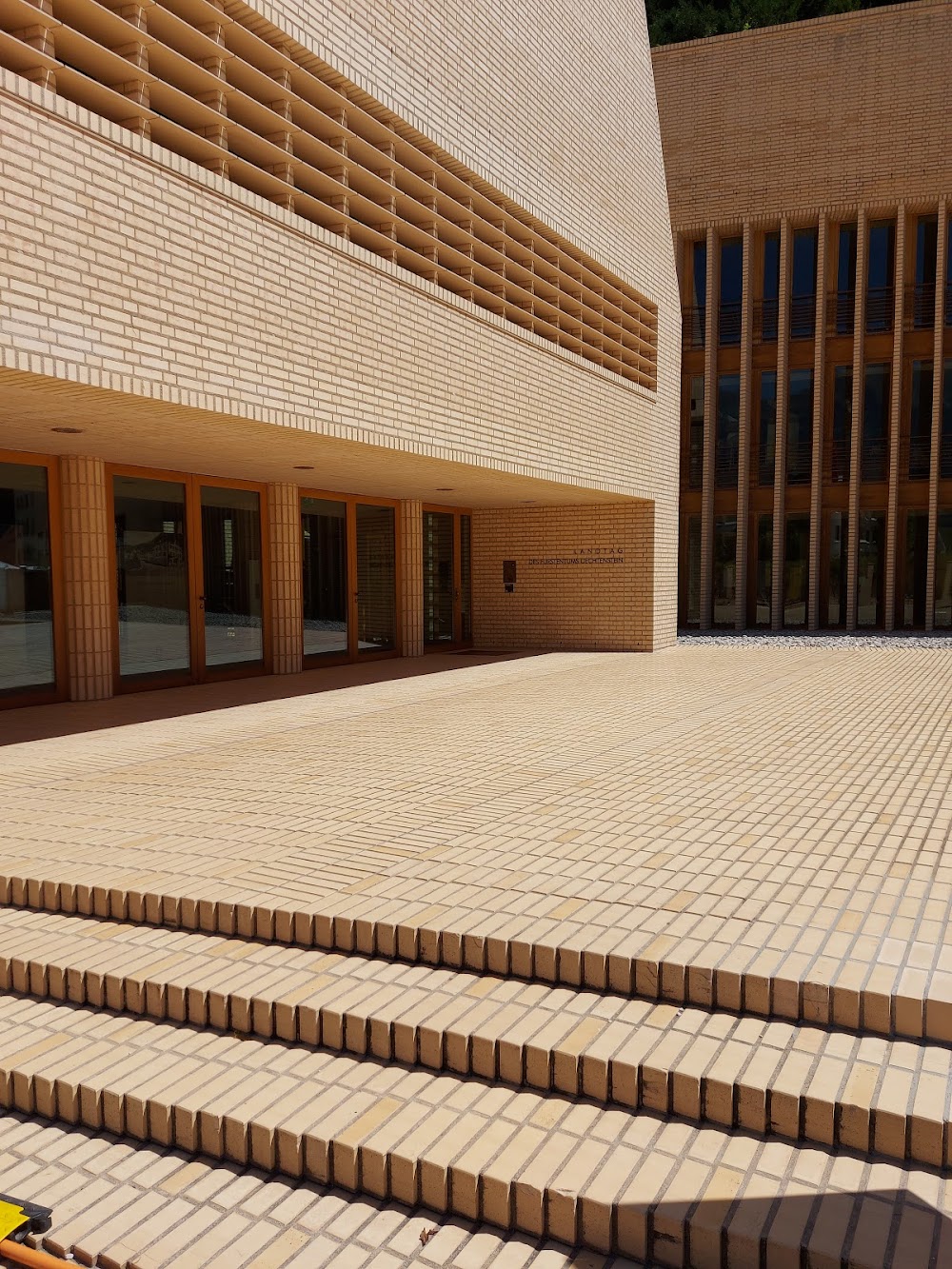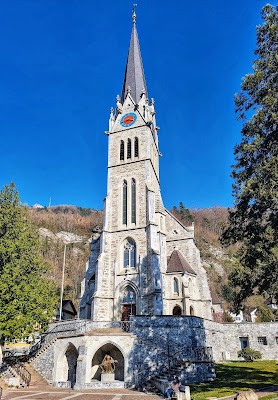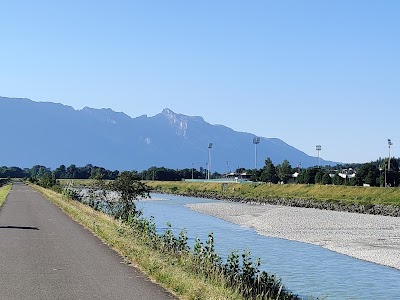Government Building (Regierungsgebäude)
Overview
In the heart of Vaduz, the picturesque capital of Liechtenstein, stands an architectural gem known as the Landtag des Fürstentums Liechtenstein, or simply the Government Building. This striking structure serves not only as the center of political activity but also as a testament to the tiny Alpine nation's commitment to modernity while honoring its historical roots.
The story of the Government Building began in the early 2000s, when there was an increasing demand for a new facility to house the Landtag, Liechtenstein’s parliament. The existing building, constructed in 1862, had become inadequate and outdated for its intended purposes. It became clear that a new building could also symbolize Liechtenstein’s progress and stability in a rapidly changing world.
In 2002, an international architectural competition was launched to find the best design for the new building. The competition attracted submissions from renowned architects worldwide, highlighting the significance of the project. The winning design came from German architect Hansjörg Göritz, whose proposal was lauded for its modern yet respectful approach. The building seamlessly integrates with Vaduz's tranquil landscape and existing architectural fabric.
Construction of the Landtag building commenced in 2003, featuring a three-part structure that includes the plenary chamber, an administrative wing, and an adjoining courtyard. This arrangement promotes transparency and openness in governmental proceedings. The main building, adorned with distinctive facades of Jura limestone, is characterized by clear lines and a minimalist aesthetic, reflecting both Liechtenstein's cultural and natural environments.
The building was crafted through the combined efforts of skilled craftsmen and innovative builders, utilizing locally sourced materials to ensure harmony with its surroundings. The Jura limestone was specifically selected for its durability and visual appeal, giving the structure a timeless quality. The roofs, clad in copper, not only provide stunning visual contrast but are also designed to age gracefully over time.
Inside, the Government Building continues to impress. The plenary hall, where parliamentary sessions take place, is designed to be both functional and inviting. Filled with natural light from large windows and skylights, the hall features a restrained color palette that underscores its formal purpose. Quality materials were used in the furniture and fittings, ensuring both comfort and durability.
Art plays a significant role in the building’s design, with modern artworks by local and international artists displayed throughout the interior. This integration of art fosters a creative and inspiring atmosphere, reflecting Liechtenstein's commitment to culture and the arts.
Energy efficiency and sustainability were key priorities in the building’s design. State-of-the-art heating, cooling, and ventilation systems ensure that the structure meets contemporary environmental standards. The abundant use of natural light reduces reliance on artificial lighting, contributing to the overall sustainability of the building.
After three years of meticulous construction and thoughtful design, the Landtag des Fürstentums Liechtenstein was officially inaugurated in 2006. This momentous event was attended by dignitaries from around the globe, marking the building's importance not only as a seat of government but also as a symbol of national pride.
Today, the Government Building remains central to Liechtenstein's political life, hosting parliamentary sessions and various official functions. It stands as a testament to the nation's historical journey, architectural innovation, and forward-looking mindset. Visitors to Vaduz often marvel at its serene yet stately appearance, appreciating both its aesthetic and symbolic roles.
The Landtag des Fürstentums Liechtenstein continues to embody the principles of democracy, transparency, and modernity, making it a landmark that represents as much about the future as it does about the past.


